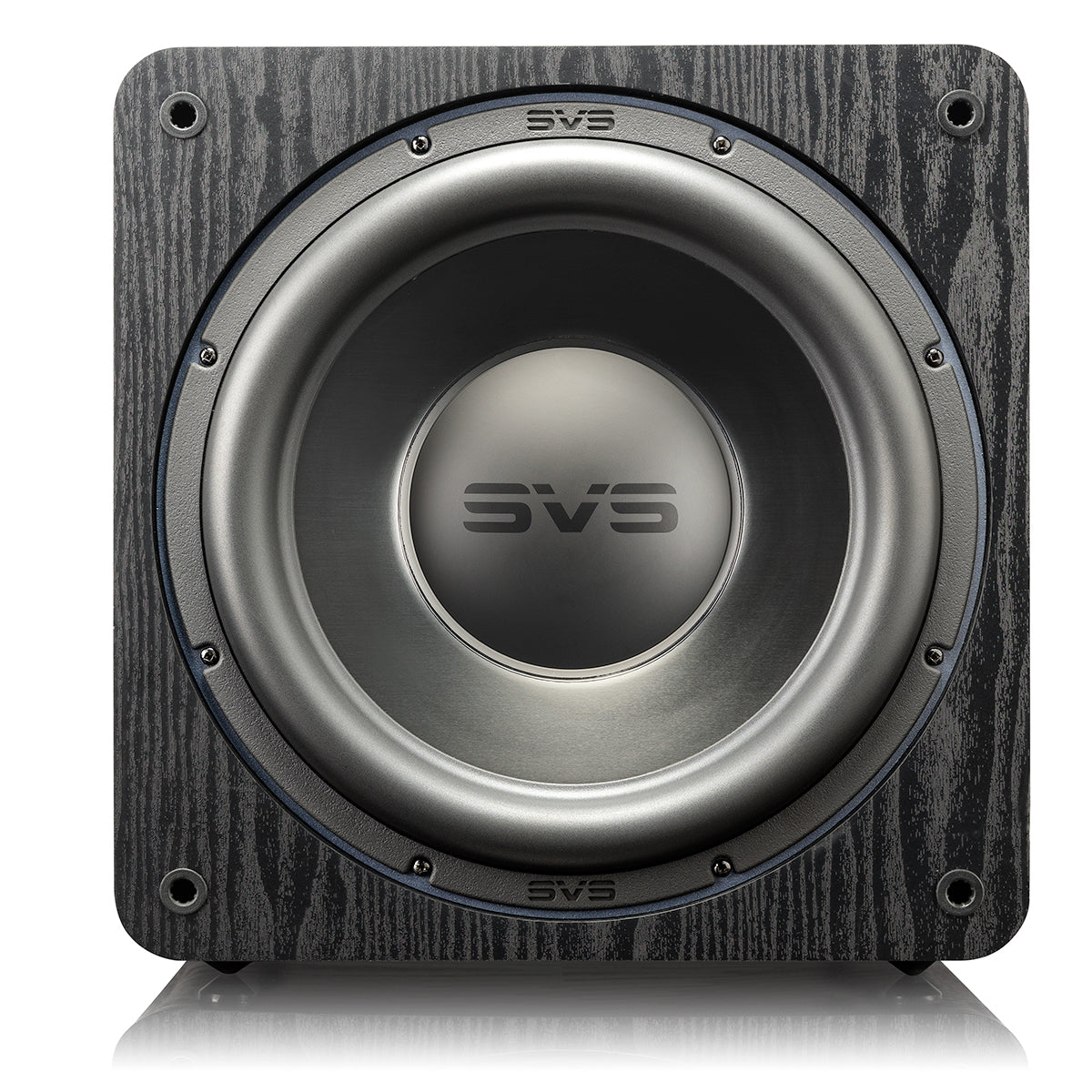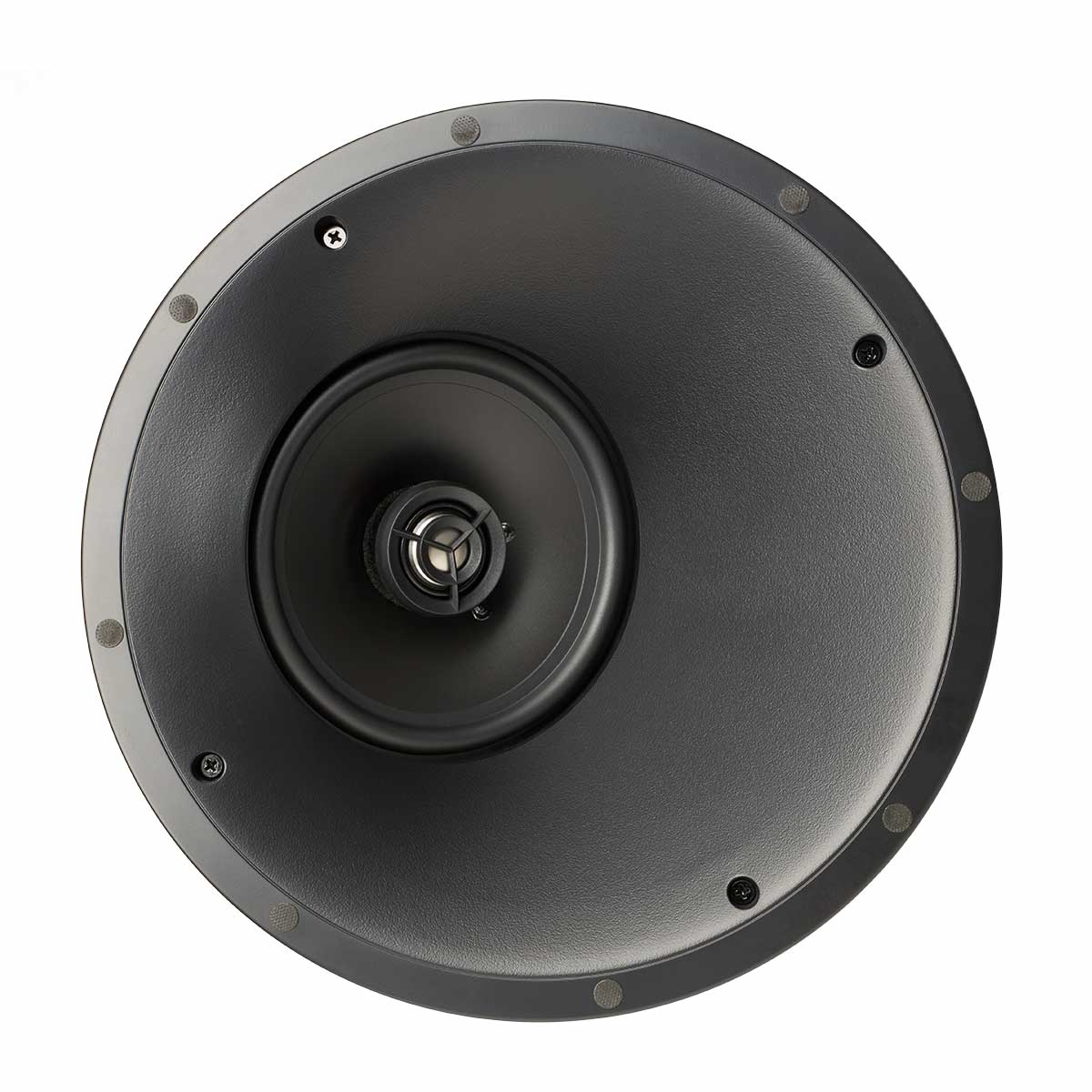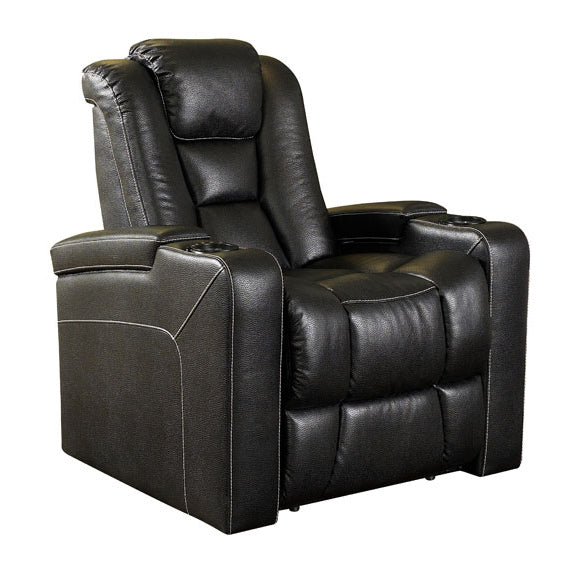Today, we’re super excited to show you a near-field home theater that we recently installed in a relatively compact bonus room. While we have many home theater showcases, the majority of them cover homes with dedicated theater rooms. The reality is that many people don’t have that kind of extra space available, but still want to create a cinematic experience in their homes. In this showcase, we’re going to show you how you can put a terrific theater in a more compact space, such as a bonus room, living room, or larger bedroom. Check out the full video where we take a look at what the space looked like before we started installing, a full time-lapse of the install, and then we’ll demo a few clips to see how well it performs.
Home Theater Video - Projector or TV?
We worked with the homeowner and extensively weighed the pros and cons of a projection theater versus one of our larger top-of-the-line Sony TVs. Due to the size of the room, the viewing distance, and in order to maximize the homeowner's budget, a Sony KD-85X91J 85” Full LED Array 4K Television was chosen. The A91J series of televisions have a much higher brightness level compared to other televisions in a similar price range. To ensure a cinema-like experience, we needed the contrast that the A91J provides and really good motion flow. The KD-85X91J provides a better pop with HDR, and selecting a television over a front-projection system allows us to focus the budget on the audio.
Home Theater Speakers & Audio Components
This is a full 5.1.2 setup and because of the compact nature of the room, we wanted to use on-wall speakers to free up space rather than in-room box speakers. We used Heco on-walls which provide terrific performance for the price. In particular, the Fluctus tweeter in these gives us wide dispersion to fully cover the seats as you can see in our home theater design tool. We used the Heco Ambient 44F 2-Way Dual 5” On-Wall Speakers for the front left, right, and center, and then used the Heco Ambient 22F On-Wall Speakers for the surrounds. They both utilize 5” midrange drivers with forward-firing ports so we can get real power and bass that you typically don’t get with an on-wall speaker. If you want to learn more about Heco speakers, we have an entire Heco comparison & review detailing the various models available.
An Integra DRX 4.3 9.2-Channel 4K Network A/V Receiver was chosen to provide high-performance audio and allows them to take advantage of Dolby Atmos and every major surround sound format for watching movies, tv, and gaming. This has 100 watts per channel of super clean sound. You have to be very careful when looking at specs as oftentimes, cheap receivers or processors will quote super high watts per channel but those watts are either at high distortion rates or at peak delivery. You usually get what you pay for. Integra uses very robust power supplies along with large capacitors so you can go from extremely quiet to virtually instant impact scenes. The Integra also has great digital-to-analog converters to bring full uncompressed sound throughout the room. The final advantage of using the Integra is how well designed it is for control systems. We’ll touch on this a bit later.
The other cool thing in this room is that we have two MartinLogan IC6 in-ceiling atmos speakers providing full 3 dimension spatial effects. The Integra also upscales non-atmos content to take advantage of the entire set of speakers in the room. If you are doing this yourself, make sure that you angle your atmos speaker toward the primary listening position. Our home theater tool will actually show you exactly where to put the speaker in the room depending on whether you have 2, 4, or 6 atmos speakers.
To fill out the sound side, we are using an SVS SB-3000 subwoofer. This is a super powerful 13” subwoofer with 800 watts of continuous power but able to surpass 2,500 peak watts during explosions and other high-impact scenes. We corner-loaded the room by placing it in the back right corner next to the rack. The SVS subs are super high excursion which means they can really move an enormous amount of air and get down to 18hz, so a subsonic level that you will feel. But they do this while starting and stopping on a dime which is what makes them so great. This cleaned up the front of the room and then we utilized the SVS app to calibrate the sub for the room.
We then used the AccuEQ calibration system on the Integra to calibrate the entire system of speakers. This system conducts two measurements — one is to set speaker levels and the second sets the distances and crossover points. Once we had the SVS dialed in, the AccuEQ then blended all of the speakers together into one cohesive surround sound system. If you want to learn more about Integra receivers and AccuEQ, check out our full comparison & overview of the Integra DRX series.
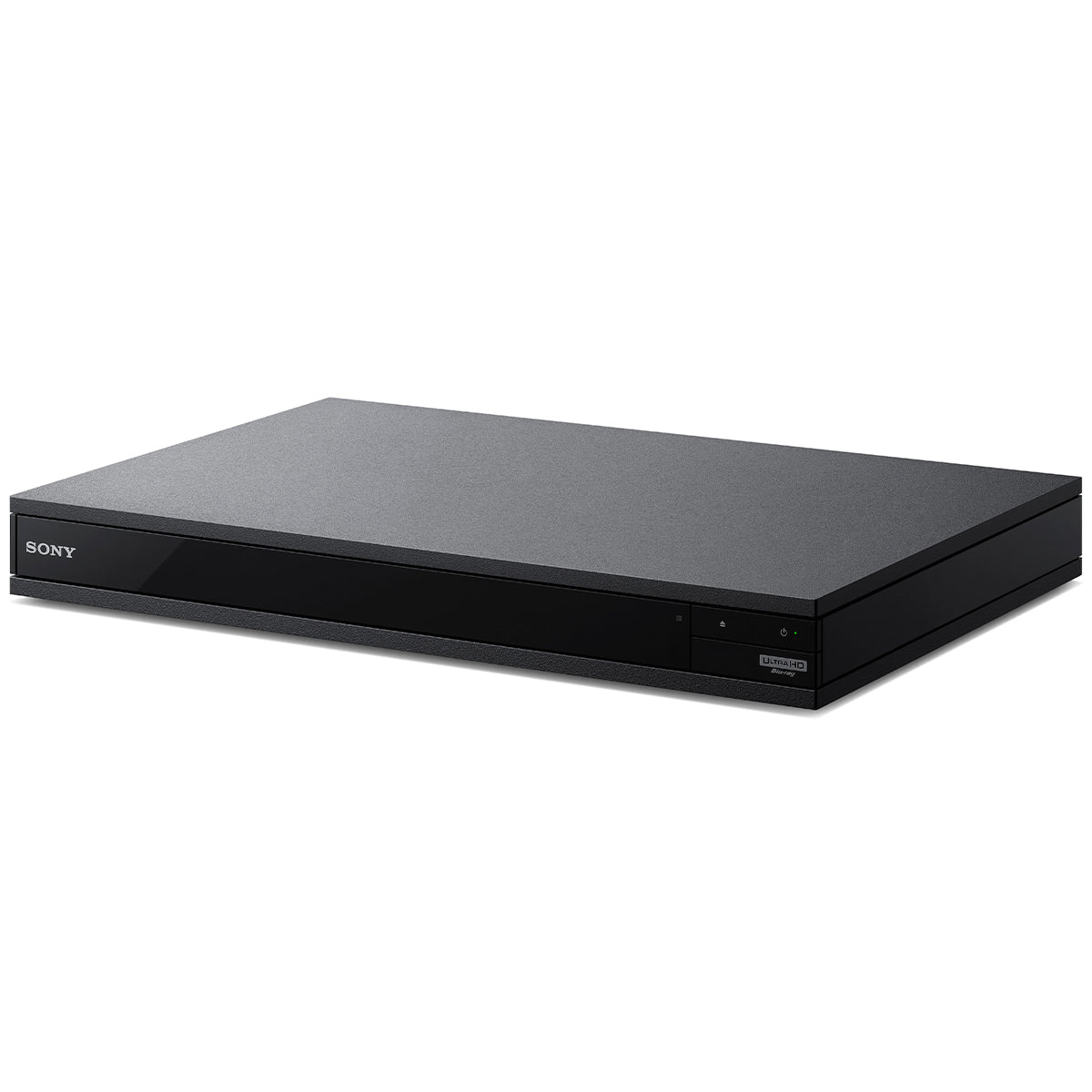


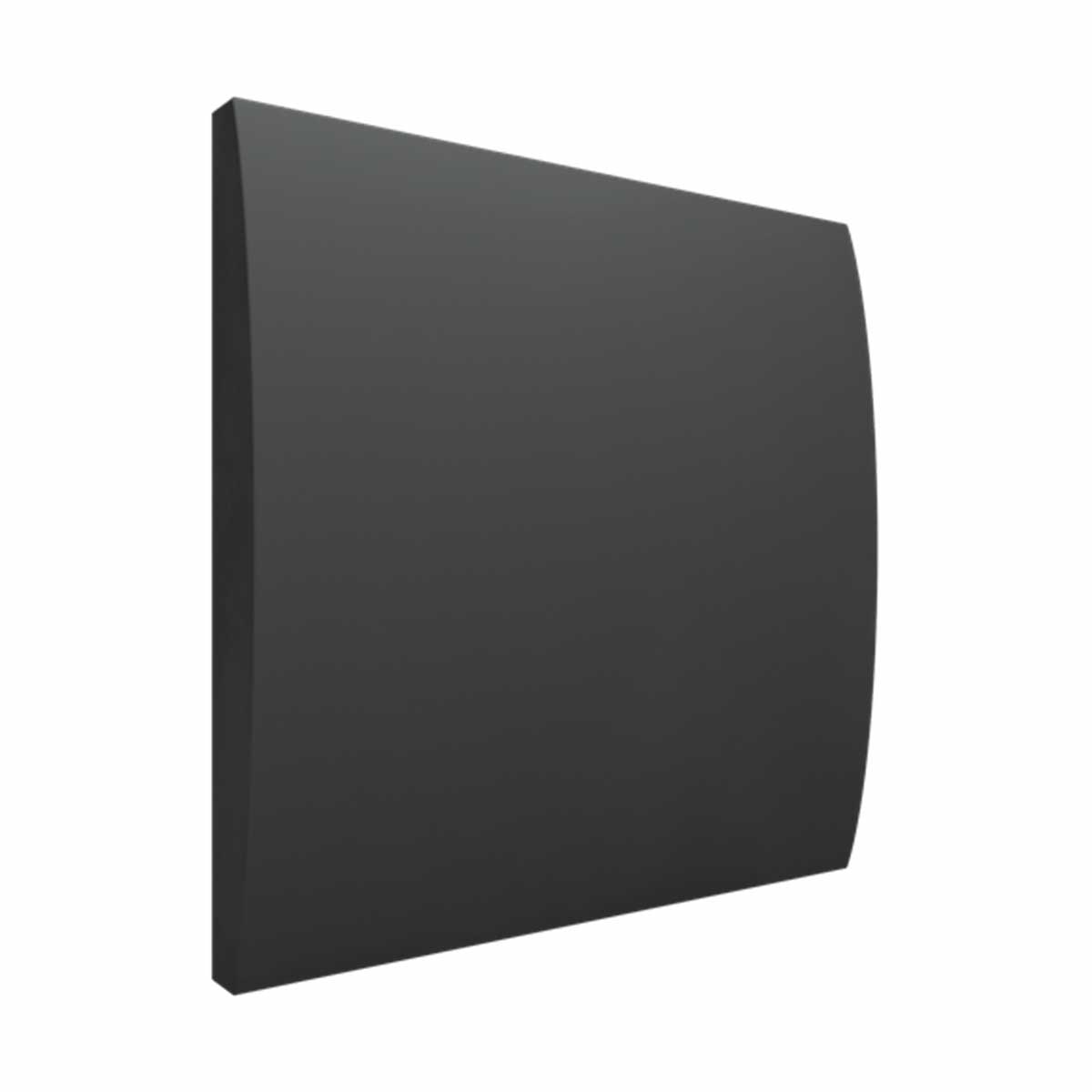


































 Home Theater
Home Theater Speakers
Speakers Tower Speakers
Tower Speakers
 Bookshelf Speakers
Bookshelf Speakers
 Center Channel Speakers
Center Channel Speakers
 Wall & Ceiling Speakers
Wall & Ceiling Speakers
 Surround Speakers
Surround Speakers
 Dolby Atmos Speakers
Dolby Atmos Speakers
 Subwoofers
Subwoofers
 Soundbars
Soundbars
 Speaker Stands & Mounts
Speaker Stands & Mounts
 Components
Components Home Theater Receivers
Home Theater Receivers
 Surround Sound Processors
Surround Sound Processors
 Power Amps
Power Amps
 Movie Sources
Movie Sources
 TVs & Projectors
TVs & Projectors Televisions
Televisions
 Projectors
Projectors
 Projector Screens
Projector Screens
 TV & Projector Mounts
TV & Projector Mounts
 Seating & Furniture
Seating & Furniture Home Theater Seating
Home Theater Seating
 Media Cabinets
Media Cabinets
 A/V Racks & Shelves
A/V Racks & Shelves
 Accessories
Accessories
 Acoustic Treatments
Acoustic Treatments Absorption Panels
Absorption Panels
 Bass Trap Panels
Bass Trap Panels
 Diffusion Panels
Diffusion Panels
 Acoustic Treatment Packages
Acoustic Treatment Packages
 Cables & Accessories
Cables & Accessories HDMI Cables
HDMI Cables
 Analog Cables
Analog Cables
 Digital Cables
Digital Cables
 USB Cables
USB Cables
 Speaker Cables
Speaker Cables
 Subwoofer Cables
Subwoofer Cables
 Power Management
Power Management
 Featured & Deals
Featured & Deals Best Sellers
Best Sellers
 Sale
Sale
 Home Audio
Home Audio Outdoor Speakers
Outdoor Speakers
 Portable & Bluetooth
Portable & Bluetooth
 Wireless Speaker Systems
Wireless Speaker Systems
 Computer Speakers
Computer Speakers
 Powered Speakers
Powered Speakers
 Integrated Amplifiers
Integrated Amplifiers
 Power Amplifiers
Power Amplifiers
 Stereo Preamplifiers
Stereo Preamplifiers
 Stereo Receivers
Stereo Receivers
 Streaming Media Players
Streaming Media Players
 Digital-to-Analog Converters
Digital-to-Analog Converters
 CD Players
CD Players
 Outdoor Entertainment
Outdoor Entertainment Outdoor Subwoofers
Outdoor Subwoofers
 Turntables
Turntables Manual
Manual
 Automatic
Automatic
 Phono Cartridges
Phono Cartridges Moving Coil
Moving Coil
 Moving Magnet
Moving Magnet
 Moving Iron
Moving Iron
 Mono
Mono
 Phono Preamps
Phono Preamps MC Compatible
MC Compatible
 MM Compatible
MM Compatible
 Record Cleaning & Care
Record Cleaning & Care Stylus Care
Stylus Care
 Cleaning Machines
Cleaning Machines
 Record Cleaning Fluid
Record Cleaning Fluid
 Record Sleeves
Record Sleeves
 Isolation Systems
Isolation Systems Turntable Setup Tools
Turntable Setup Tools
 Turntable Cables
Turntable Cables
 Record Weights
Record Weights
 Turntable Mats
Turntable Mats
 Headphones
Headphones In-Ear Headphones
In-Ear Headphones
 On-Ear Headphones
On-Ear Headphones
 Over-Ear Headphones
Over-Ear Headphones
 Wireless Headphones
Wireless Headphones
 Gaming Headsets
Gaming Headsets
 Headphone Amps & DACs
Headphone Amps & DACs Digital Audio Players
Digital Audio Players
 Smart Home
Smart Home Deals
Deals Limited Time Deals
Limited Time Deals Deals by Category
Deals by Category
